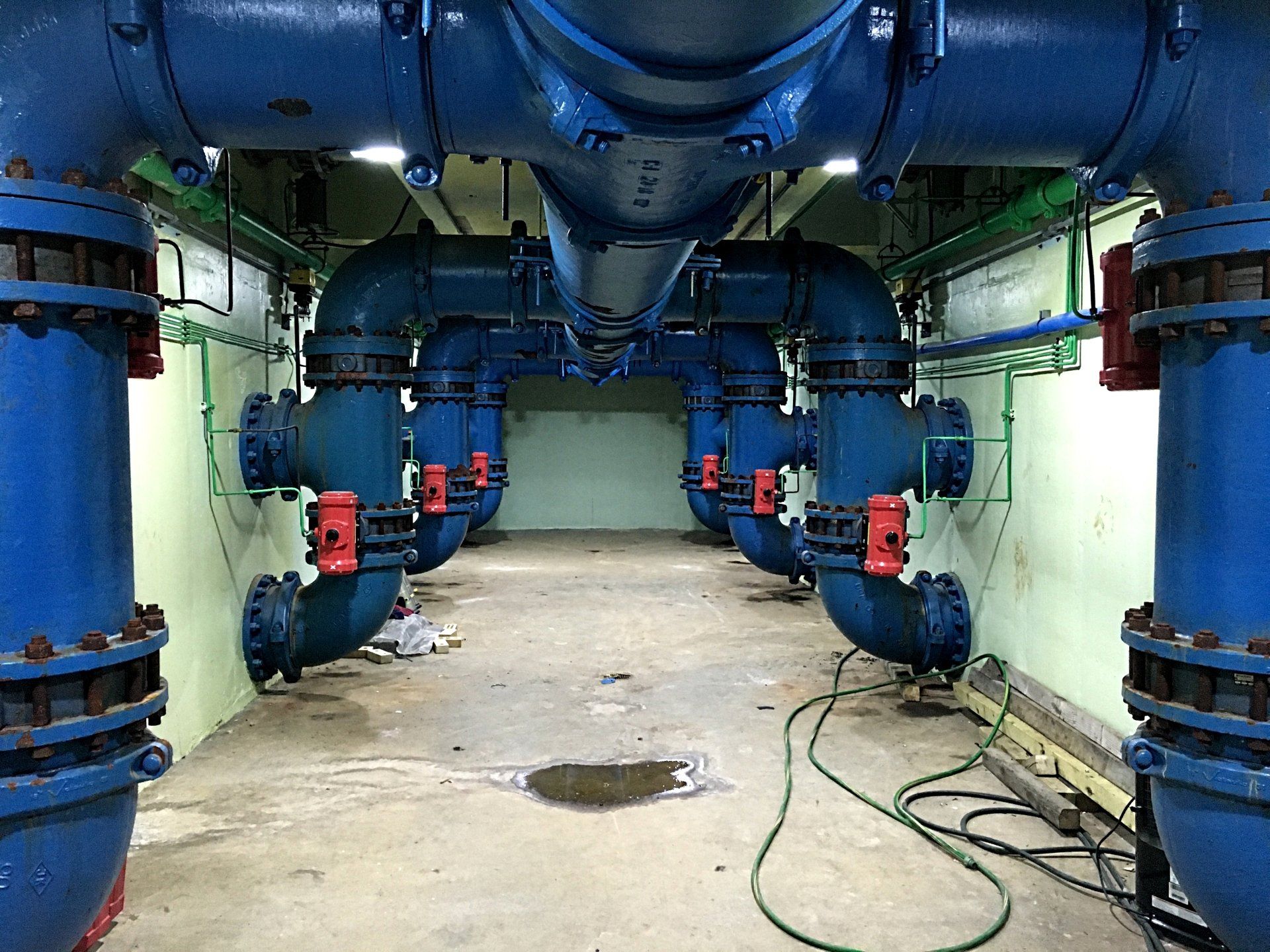Wheaton Sanitary District – Tertiary Filtration Improvements
Wheaton Sanitary District’s existing tertiary treatment process includes an eight cell Hydro-Clear sand filter system installed in 1985. Effluent from the final clarifiers enters the Sand Filter Building and is conveyed through an influent channel to the sand filters where suspended solids are removed and retained in the sand media. Filtered water is stored for backwashing purposes and also serves as a non-potable water source for other processes around the plant. The water not used for backwashing is pumped to the chlorine contact tanks for disinfection and discharge.
The existing sand filters have a surface loading rate that exceeds the Illinois EPA guideline of 5 gallons per minute per square foot of area. The ongoing issues with this filtration system include high backwash rates, significant media loss, underdrain failures, and control valve maintenance.
Alternatives for tertiary treatment were the focus of a study completed in 2013 by Trotter and Associates. Four alternatives were evaluated for feasibility, rehabilitation of the existing sand filters, two media disk filter system technologies, and a deep bed continuous backwashing filtration system. Each of these alternatives were evaluated at three design points; Case 1 – treating the 20 MGD peak hourly flow, Case 2 – treating the 35 MGD peak wet-weather flow, and Case 3 – treating the 45 MGD future peak wet-weather flow.
At the conclusion of the 2013 study, the District elected to implement the Inside-Out disk filter system which will accommodate hydraulic and solids loading characteristic of Case 2 (35 MGD). Trotter and Associates began conceptual and preliminary design of the disc filter conversion in 2015. This began with a hydraulic capacity analysis to determine the maximum flow which can be conveyed to the sand filter process. It was determined that the filter building would provide treatment to 20 MGD of process flow and up to 15 MGD of excess flow to meet updated excess flow treatment requirements.
The design will include 4 duty disc filter units and one redundant unit, each with 28 discs. Expansion of three more units is left available for a future maximum flow of up to 56 MGD.

